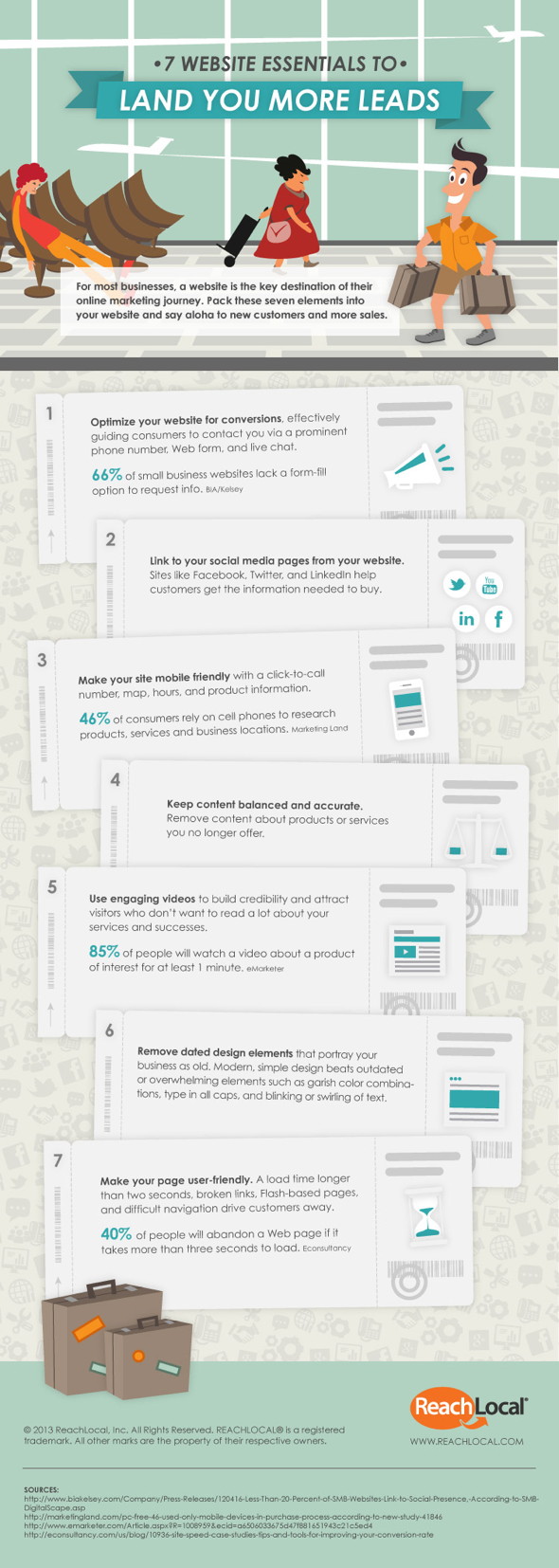Why influencer marketing is the future of content
In many posts have we written about the relevance of influencer marketing and how it differs from the value of brand advocates. Today, many marketing organizations and brands have understood the power of influencer marketing and dedicate a significant amount of their budget to them. And there are good reason for it which we can see from one of the latest infographics in the market provided by the guys from The Shelf.
Shoppers trust in influencers and use them as their third-most-consulted consumer decision information source. Although brand and retail sites are still in the lead as an information source. Blogs already come in right after them, even ranking higher than well-trusted social networks like Facebook, YouTube, Pinterest, Twitter and Instagram.
Years ago, we have made clear that the 3 Rs of the social consumer will be leading the decision making process in the future: ratings, reviews and recommendations. The infographic is another proof for our thesis those days. These days, influencer are more trusted than brand content where recommendations have got the biggest power with 92% of consumers trusting in those. Reviews have become the second most trusted source (70%). People also try to stay on top of thought leaderwith blog content that is consulted by 47%.
Although the opportunities are there, only two out of three marketers (65%) invest in influencer marketing so far. and every second company separates their budgets for sponsored social content from other budgets (52%). Still, the amount of investment is not “nickles and dimes” anymore for brands and companies. Every fourth company already spends over $500,000 already.
Spot On!
Why influencers play an important role inside your content strategy is obvious. They can explain products from various subjective and objective angles. They can play an important role in your community management when negative input needs tob e turned into positive arguments. They can have a big impact in your content production strategy in having an external view on your business and relevance in the market, and thus become your „search-engine-optimizers“. And, they will play a significant role in your sales approach if you take your time to think about it (or maybe talk to us if you don’t have an answer).
Have a look at the infographic and decide yourself if and how you would like to use influencer marketing in the future.







 Many companies have started showing case studies, infographics, or videos to present their latest Social Media activities. Now, EMC comes up with a great video that explains nicely how the copany leverages the power of the social web.
Many companies have started showing case studies, infographics, or videos to present their latest Social Media activities. Now, EMC comes up with a great video that explains nicely how the copany leverages the power of the social web.

